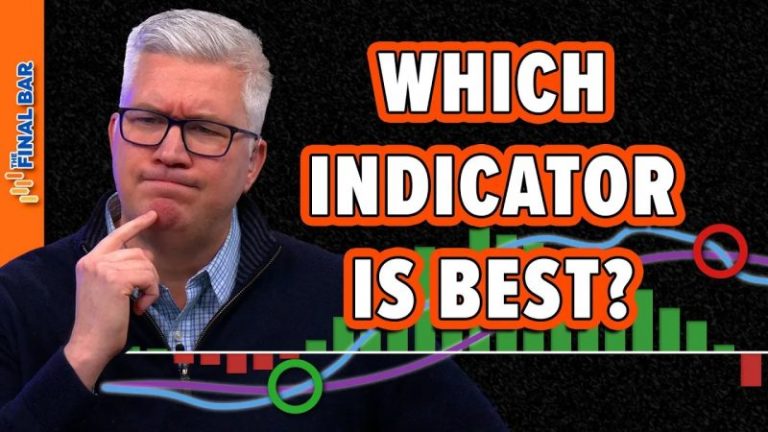Technical Indicator Showdown: MACD vs. PPO vs. PMO
Moving Average Convergence Divergence (MACD), Percentage Price Oscillator (PPO), and Price Momentum Oscillator (PMO) are three widely used technical analysis tools in the world of trading and investing. Each of these indicators offers unique insights into market trends and helps traders make informed decisions. In this article, we will compare and contrast MACD, PPO, and PMO to understand their strengths and weaknesses.
MACD is a trend-following momentum indicator that shows the relationship between two moving averages of an asset’s price. Traders use MACD to identify bullish and bearish signals, as well as to spot potential trend reversals. PPO, on the other hand, is a variation of MACD that calculates the difference between two moving averages as a percentage of the longer moving average. This makes PPO a normalized version of MACD, which can be helpful in comparing different assets or timeframes.
PMO is a momentum oscillator that measures the difference between the current price and a specific moving average, smoothed by a pre-defined period. PMO is known for its sensitivity to price changes, making it a valuable tool for spotting early trend reversals and divergences. While MACD and PPO are more focused on trend direction, PMO emphasizes momentum shifts in the market.
One key difference between these indicators is the way they generate signals. MACD generates signals based on the crossover of its two lines – the MACD line and the signal line. A bullish signal is generated when the MACD line crosses above the signal line, while a bearish signal occurs when the MACD line crosses below the signal line. PPO follows a similar approach, with crossovers between the PPO line and the signal line indicating buy or sell opportunities.
PMO, on the other hand, generates signals based on its position relative to a horizontal zero line. When the PMO is above zero, it indicates bullish momentum, while a PMO below zero suggests bearish momentum. Traders can also look for divergences between price and PMO to anticipate potential trend reversals.
In terms of usability, MACD and PPO are more user-friendly for beginners due to their simplicity and clear signals. PMO, being a more advanced oscillator, may require a deeper understanding of technical analysis concepts to interpret effectively. However, once mastered, PMO can provide valuable insights into market dynamics not easily captured by MACD or PPO.
In conclusion, choosing the right technical indicator depends on individual trading style, risk tolerance, and timeframe. MACD and PPO are reliable tools for trend identification and momentum analysis, whereas PMO offers a deeper insight into price momentum and early trend reversals. Traders should experiment with different indicators and combine them with other tools to build a robust trading strategy. By understanding the strengths and weaknesses of MACD, PPO, and PMO, traders can make more informed decisions and achieve greater success in the financial markets.



